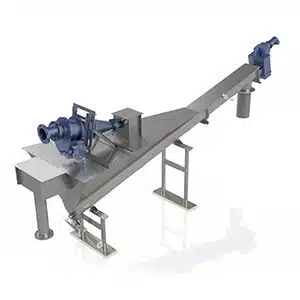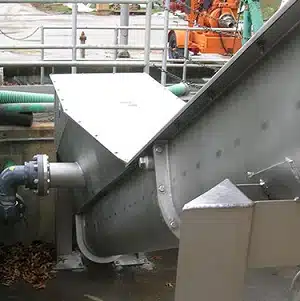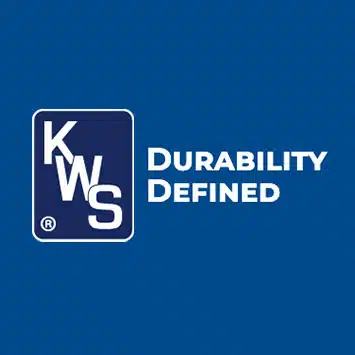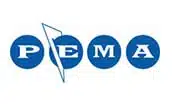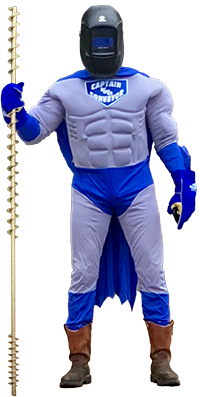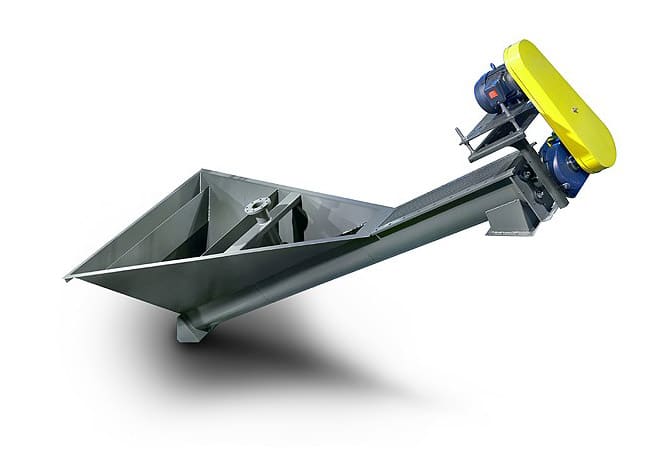
Environmental Grit Classifiers
Untreated wastewater contains inorganic solids such as sand, ash and gravel which is collectively known as grit. The amount of grit in wastewater depends on if the source is from sanitary or other origins. Grit is extremely abrasive, forms plugs and damages pumps and sedimentation tanks if not removed.
KWS Grit Classifiers consist of a large reservoir hopper with an inclined screw feeder. Wastewater enters the reservoir hopper through a pipe connection. Grit falls out of suspension by gravity and settles to the bottom of the reservoir hopper. The screw feeder rotates very slowly, removes the grit and delivers it to a container or conveyor for disposal. The water discharges over a weir and reenters the wastewater treatment process. In today’s modern water and wastewater treatment plant, grit classifiers are primarily used in the preliminary stages of the wastewater treatment process so downstream equipment is not damaged.
Concentrated grit can also be discharged into KWS Grit Classifiers for separation, washing, and dewatering from grit separators or aerated grit chambers. Wastewater flow velocities are maintained to prevent any suspended organic matter from settling with the grit.
Industry Solutions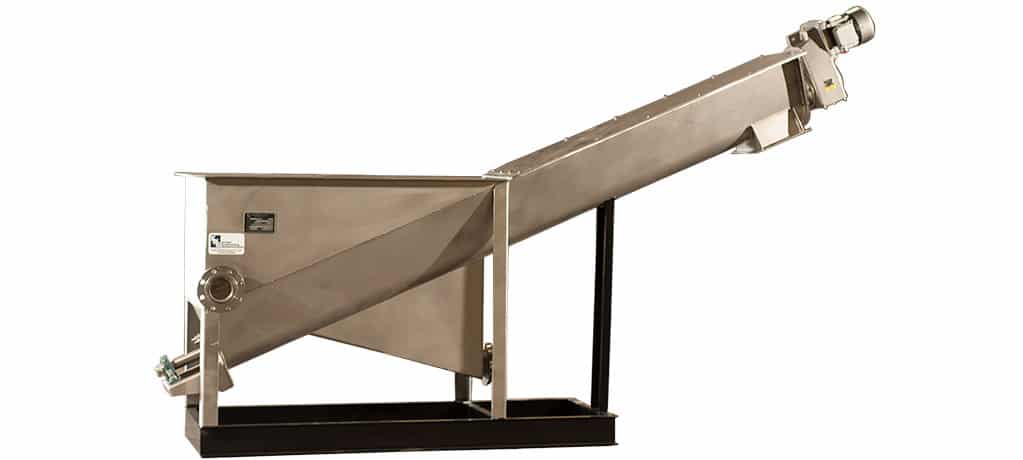
Advantages of Using an Environmental Grit Classifiers
- Available in a wide variety of materials of construction and configurations
- Available with shafted or shaftless screws
- Able to span long distances up to 50-feet
- Large reservoir hopper capacities with compact footprint
- Conveying angles up to 40-degrees
Design Specifications and Utility Requirements
- Grit removal capacity from 30 to 150 cubic feet per hour
- Wastewater flowrate to grit classifier from 50 to 400 gallons per minute
- Electrical utility – 240/480 volt, three phase
- Piping connections from 3 to 6-inch with 150 lb. ANSI flange
- Drive Units – 3/4 to 5-HP with inverter duty motors available
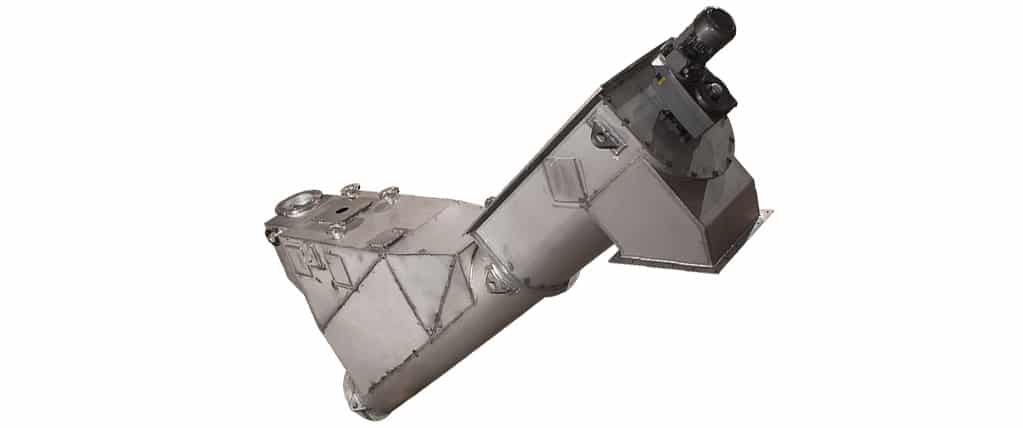
Environmental Grit Classifier Optional Designs
KWS Grit Classifiers are designed to meet the needs of the application and ensure the integrity of the process. Our cost-effective solutions provide years of dependable service.
- Reservoir hopper designs available for every flowrate range
- Abrasion resistant materials such as ceramics, stellite, tungsten carbide and AR plate available

